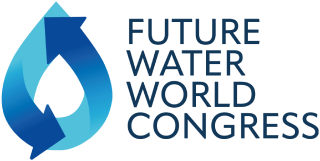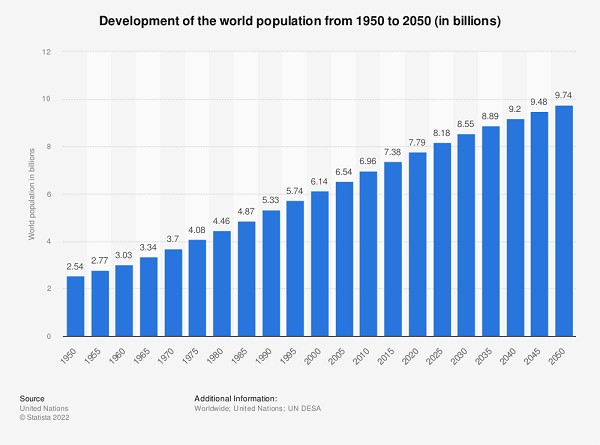The Water Emergency: A Global Crisis
The world is facing a growing crisis. Billions of people around the world are deprived of one the most basic necessities of life: Water. Water is becoming a precious resource with demand far outstripping supply due to a multiple of factors.
So how bad is the water crisis currently?
- Four billion people — almost two thirds of the world’s population — experience severe water scarcity for at least one month each year.
- Over two billion people live in countries where water supply is inadequate.
- Half of the world’s population could be living in areas facing water scarcity by as early as 2025.
- Some 700 million people could be displaced by intense water scarcity by 2030.
- By 2040, roughly 1 in 4 children worldwide will be living in areas of extremely high water stress.
Water, undoubtedly, is the Earth's most plentiful resource as it blankets more than 70% of the planet's surface. However, as a species, we are confronted with an impending crisis despite its abundance.
When the demand for clean and accessible water in a particular region exceeds the available supply, water scarcity or stress emerges. Approximately 70% of the world's freshwater is utilised for agricultural purposes, while industrial and domestic applications, including drinking, account for 19% and 11% of the remaining supply, respectively. The supply of water is derived from sources such as surface water - including rivers, lakes, and reservoirs - as well as groundwater, which is accessed through aquifers.
As per the United Nations, water consumption has surged at a rate exceeding twice that of population growth in the past century. By the year 2025, around 1.8 billion individuals are expected to inhabit regions affected by water scarcity, with two-thirds of the global population residing in areas affected by water stress, triggered by consumption, expansion, and climate alteration.
Despite the involvement of various governments and aid groups the problem of water scarcity is projected to worsen due to issues like global warming and population growth
Between 1950 and 2020, the global population has increased from 2.45 billion in 1950 to 7.79 billion in 2020, and this figure is anticipated to climb to 9.75 billion by 2050. The burst of population growth has now caused excess demand for water which is in turn increasing water scarcity. With the ongoing rise in global population, climate change and resource-intensive economic growth multiple nations are facing inadequate water resources and infrastructure to meet the escalating demand.
The issue of water scarcity is being aggravated by climate change. The consequences of a shifting climate are causing water to become more erratic, with terrestrial water storage - encompassing the water retained in soil, snow, and ice - dwindling. Consequently, this scarcity of water is increasing, thereby hindering societal activities. For every 1°C (1.8°F) increase in the global average temperature, UN experts project a 20 percent drop in renewable water resources.
Unless we act now, this situation is just going to get worse. Governments, business and charities need to work together in order to solve this crisis.
The Future Water World Congress, is the world’s most important event for addressing the global water crisis.
In only 2 days you can discover world class resources to mitigate the global water crisis. Urgency cannot be stressed enough - abundant supply underpins modern societies and water scarcity poses a severe threat to the sustenance of suffering countries.
References:
Published by H. Plecher and 15, S. (2021) Development of the world population until 2050, Statista. Available at: https://www.statista.com/statistics/262875/development-of-the-world-population/ (Accessed: March 20, 2023).
Water scarcity: UN-water (no date) UN. Available at: https://www.unwater.org/water-facts/water-scarcity (Accessed: March 20, 2023).



